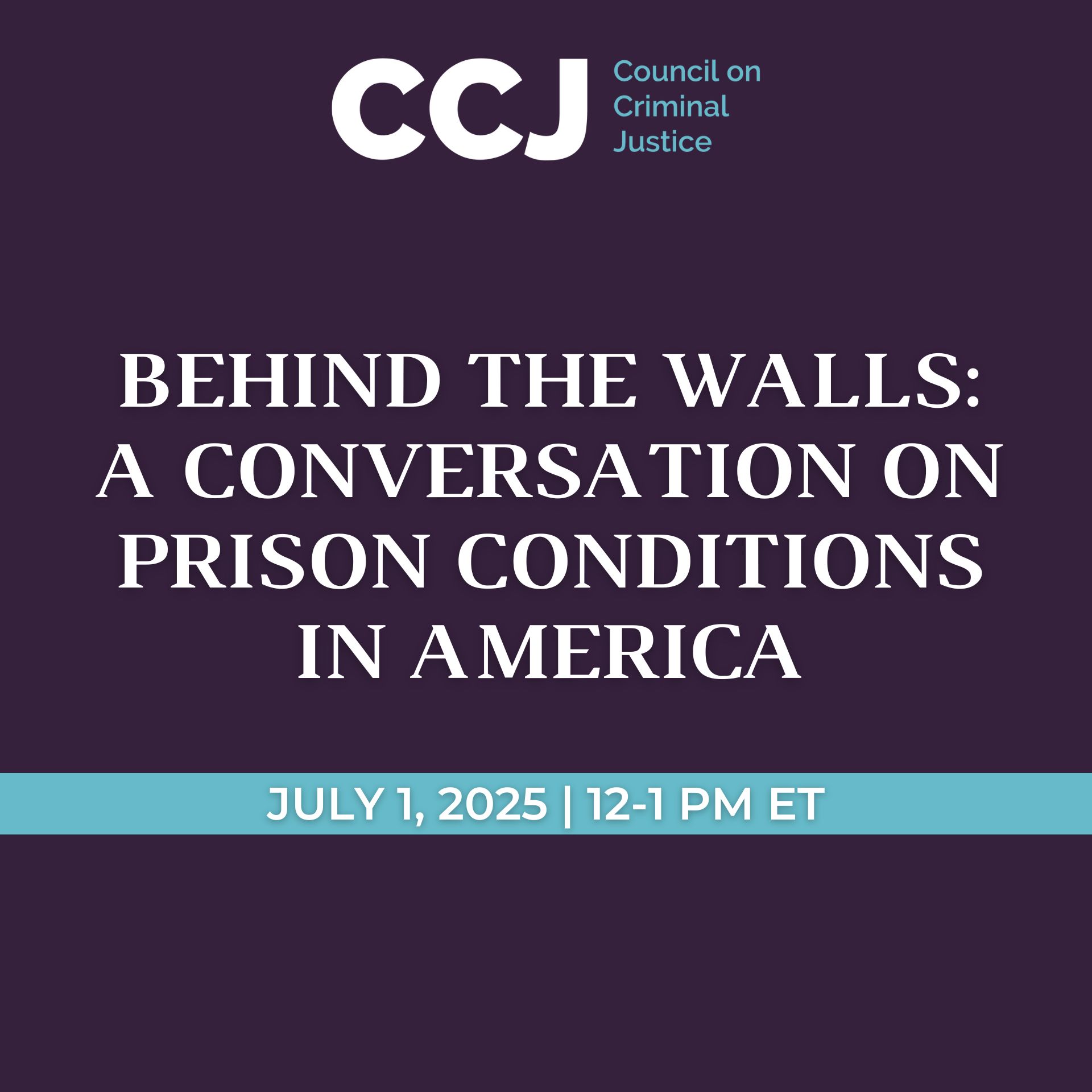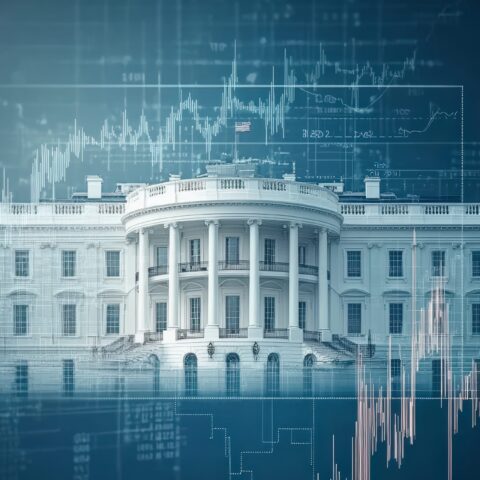The Crime Trends Working Group reviewed the recent CCJ report, Crime Trends in U.S. Cities: Mid-Year 2023 Update, which compared rates of violent and property crimes in the first half of 2023 to the same period in 2022. Among other findings, the analysis showed that among the 30 cities in the CCJ sample that reported homicide data, the number of murders in the first half of 2023 fell by 9.4% compared to the first half of 2022. In contrast, motor vehicle thefts rose by 33.5% in the first half of the year, representing 23,974 more stolen vehicles in the 32 cities that reported motor vehicle thefts.
-
- Kia / Hyundai Theft and Juvenile Crime: Members generally agreed that a problem with specific Kia and Hyundai models (namely, their lack of “immobilizers”) continues to be a factor in the ongoing surge in motor vehicle thefts. Members then discussed the possibility that the comparative ease of stealing certain Kia and Hyundai models could have inspired what now appears to be a broader wave of auto theft.
- Youth Involvement: Motor vehicle theft is often described as a crime committed by youth and young people (including people who watched videos on how to steal cars on TikTok). Members discussed whether this was the case and, if so, whether motor vehicle theft was emerging as a “keystone” crime – a type of crime used in the commission of other crimes.
- Organized Crime and International Markets: Members also discussed emerging evidence that a significant portion of motor vehicle theft could be driven by organized crime, with connections to international illicit markets. According to this theory, motor vehicle theft is emerging as part of a new black market that is starting to drive a significant upsurge in property crime. Based on this, members discussed the idea that the heavy emphasis on TikTok and youth involvement could be misguided. However, others said that law enforcement in at least some cities with high levels of motor vehicle theft continue to see considerable youth involvement. Cities such as St. Paul have also seen successes reducing auto theft by focusing law enforcement units on organized stolen car rings.
Members discussed devoting future meetings to specific topics, including further exploration of the causes of the homicide increase and decrease, the prospects of crime forecasting, and the areas where public health reporting and crime data converge (or should converge).




